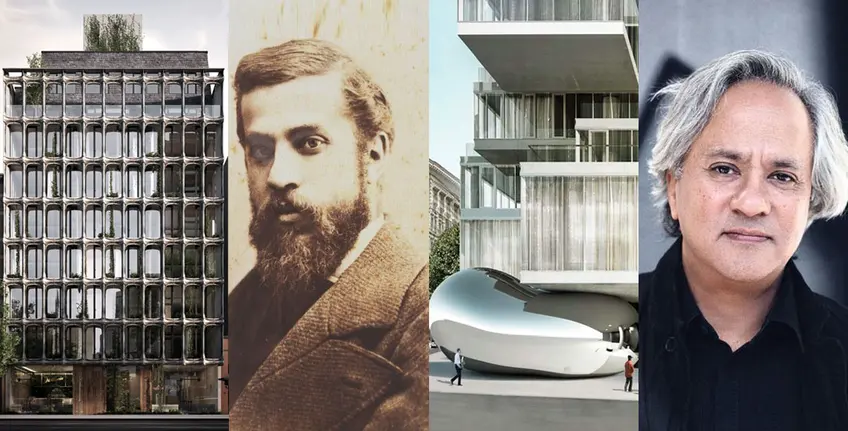 The Gaudi-inspired XOCO 325 in Soho and 56 Leonard, where an Anish Kapoor sculpture has been integrated into the design of the building
The Gaudi-inspired XOCO 325 in Soho and 56 Leonard, where an Anish Kapoor sculpture has been integrated into the design of the building
Art is no longer an afterthought in real estate. It has become a prominent part of the design process.
DDG, a Manhattan real estate development and investment firm, and Pandiscio Co., a brand management and marketing strategy firm that focuses on real estate, are both very passionate about the importance of art in architecture and the symbiosis between the two.
CityRealty recently interviewed Joseph McMillan, CEO of DDG, and Mike Green, Art Director at Pandiscio, to get their thoughts on how and why art enhances real estate development.
In this article:
Joseph McMillan, CEO of DDG
How do you think art enhances the residential experience?
Joe: Art enhances the residential experience in many ways. Real estate itself is very experiential, as is art. Good design influences people in a myriad of ways, both emotionally and through the physicality of having a reaction to it. When you look at art, you have a reaction to a piece of art. This is also a critical component to real estate. If you can combine the two into one, they can have an interesting interplay amongst each other. In most locations, this plays really well. If you can tie in the art experience to the project or to an event, it is exponentially beneficial.Can you describe how you commission art for your buildings?
Joe: With every project, we look to the property and the real estate to inform us to what the appropriate piece is. That’s how we select the artist and the piece, it has to tell a story. It is critical that the real estate and the art come together to tell a truly compelling story.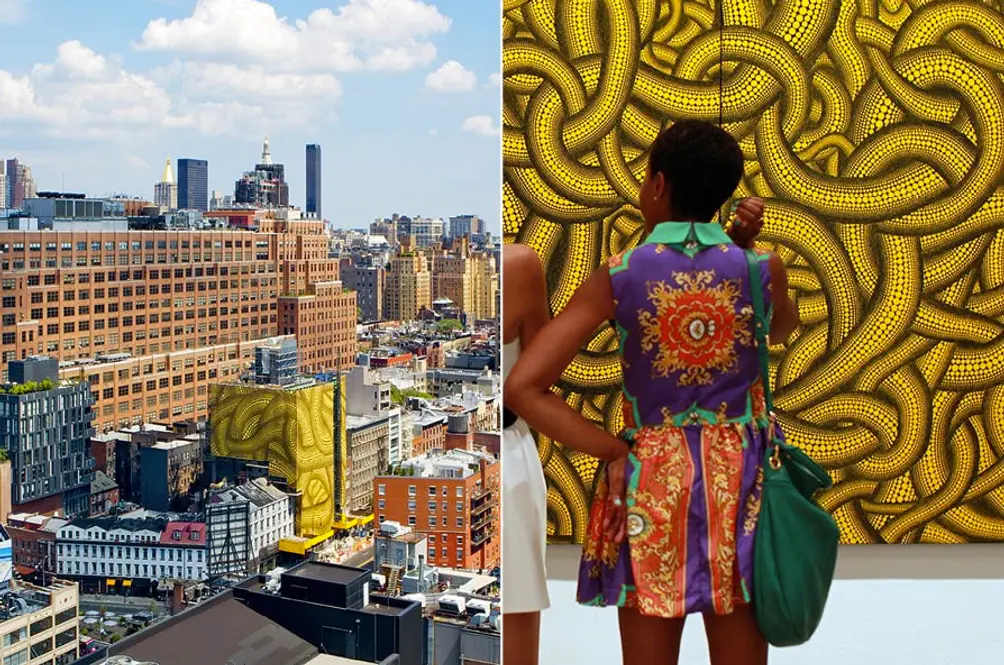 Yayoi Kusama's
Yayoi Kusama's
We worked with an artist and the Whitney Museum for our building 345meatpacking at 345 West 14th Street. This was quite a unique project. We had a very large facade that we wanted to do something interesting with.
The Whitney was moving to the Meatpacking District and we wanted to commemorate that huge announcement. When we reached out to the Whitney, they were very receptive and it was approximately at the same time the Yayoi Kusama exhibit, “Yellow Trees,” was coming from the Tate Modern to the Whitney. So we thought, “Why not wrap our building with a piece of art?” We commemorated their announcement of moving to the Meatpacking District with the construction of our Meatpacking District building.
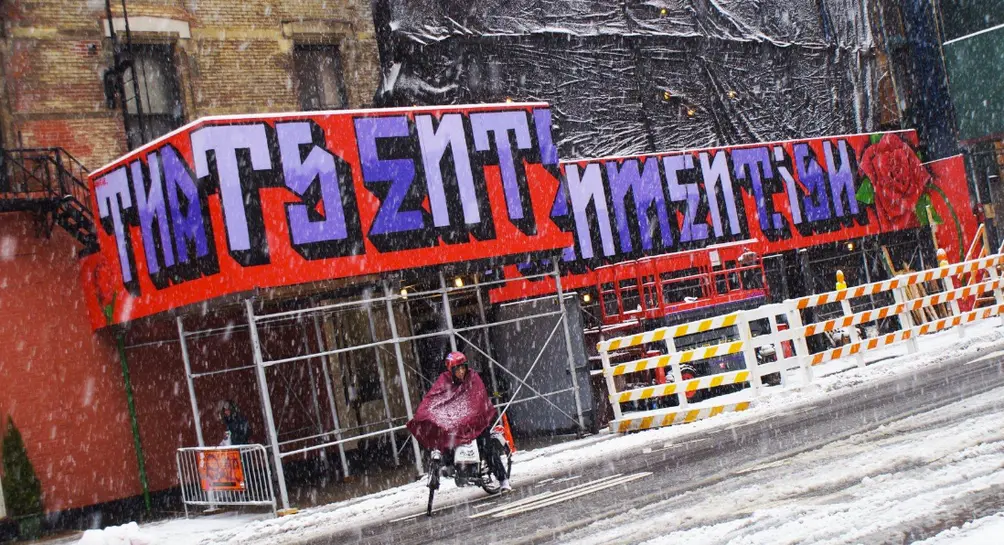 Ben Eine's
Ben Eine's
For various other art collaborations, we have worked with artists. For our building in Soho where we had a very large facade panel at 325 West Broadway, we commissioned Ben Eine, a U.K.-born street artist who lives in San Francisco, to do the art on that building.
If you go back 20-30 years, there was a lot of graffiti art in Soho. Eine commemorated the history of graffiti in the neighborhood with a canvas on the building. It was a tie between the Soho and the artist’s form.
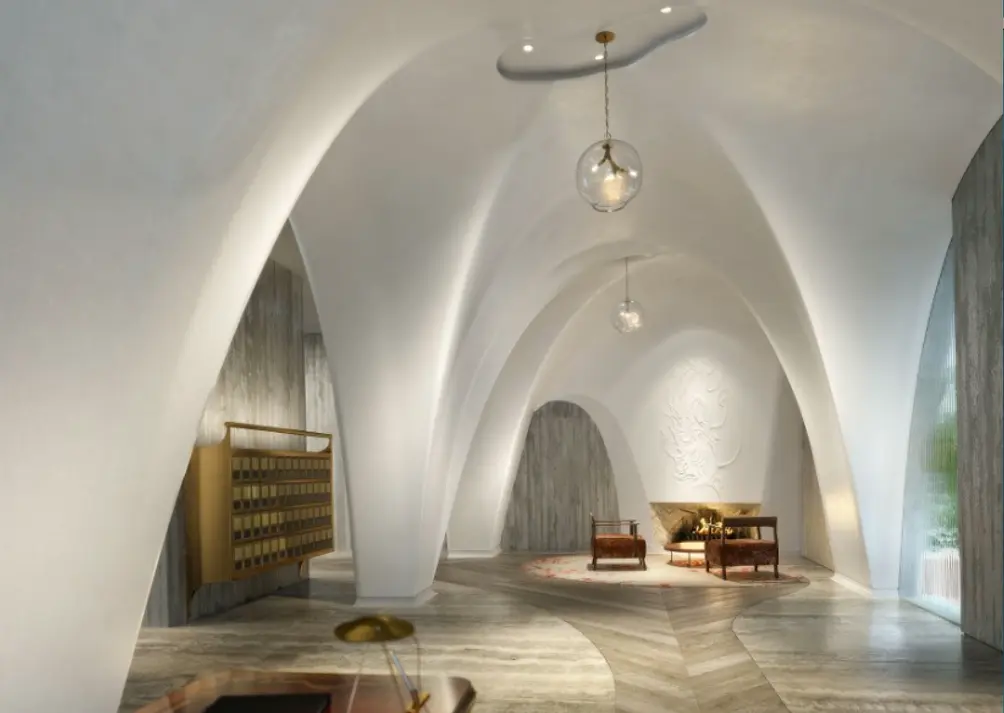
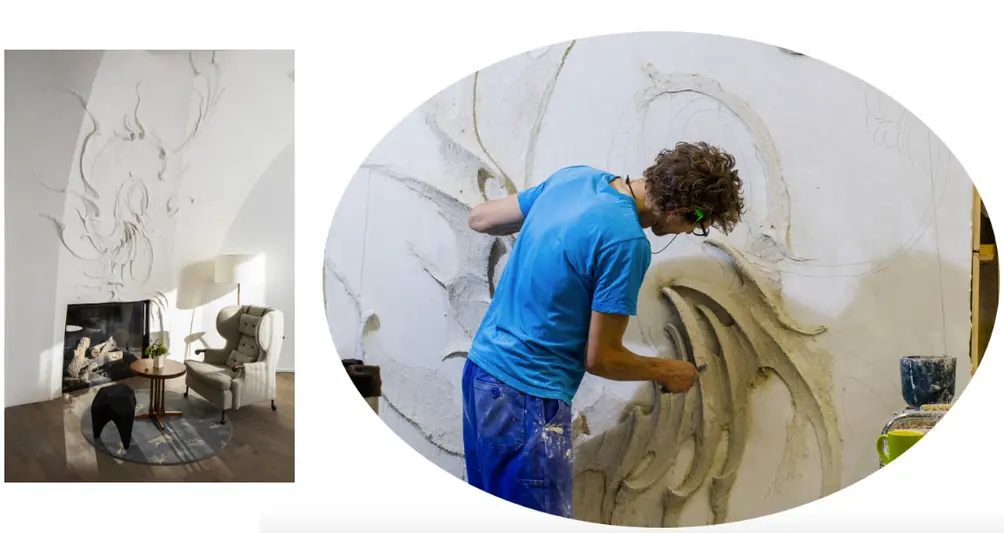 180 East 88th Street. Photo credit DDG (top); Jan Hooss, stucco artist (bottom)
180 East 88th Street. Photo credit DDG (top); Jan Hooss, stucco artist (bottom)
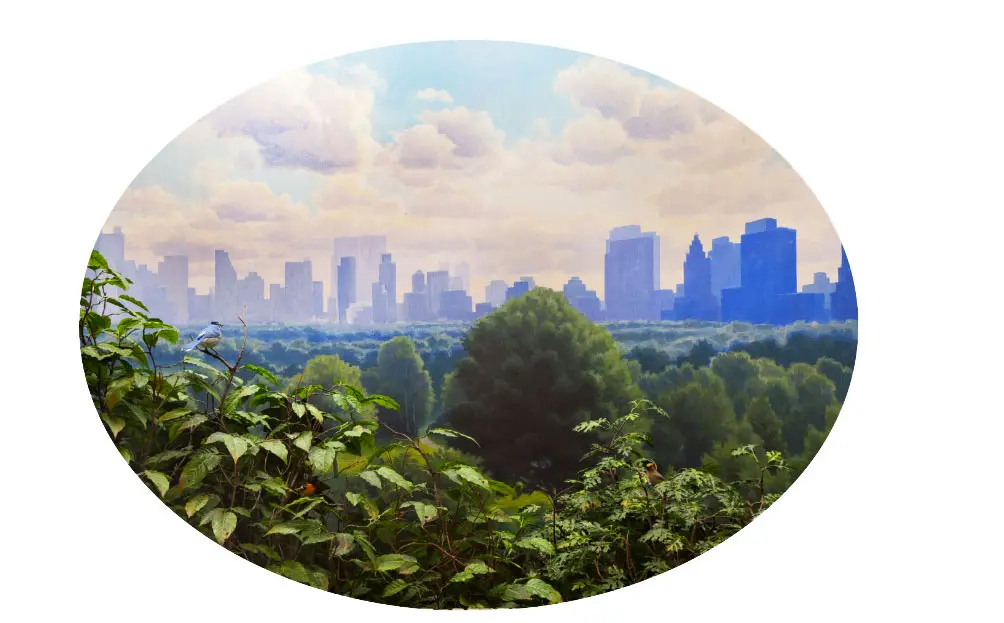 Stephen Quinn, Diorama artist
Stephen Quinn, Diorama artist
For the project, we also worked with a dioramist from the Museum of Natural History. Stephen Quinn led the diorama team, which consisted of himself, Sean Murtha and George Dante. 180 East 88th will be the tallest building on the Upper East Side. We wanted to utilize a form that showcased the views, but we didn’t want the standard picture box windows.
The Museum of Natural History has the most beautiful dioramas in the world and Stephen Quinn, Sean Murta and George Dante, the best known dioramists in the world, prepared a mural for us in the sales gallery that will eventually be transported to children’s playroom. So we’ll have the stucco work in lobby and the diorama in the children’s playroom. This is really very unique and not been seen or done before.
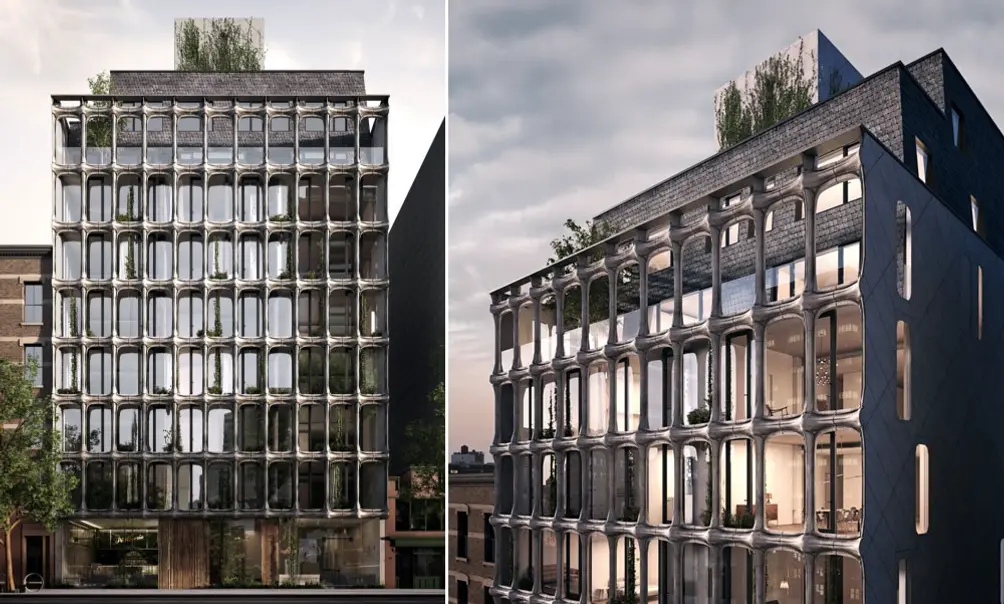 325 West Broadway, Soho
325 West Broadway, Soho
Does the project always influence the art or does it ever work the other way around?
Joe: We’ve drawn from historical architecture for some of our designs, for example Gaudi in Soho with XOCO 325 or the arches for an Upper West Side development on 88th Street.
+++
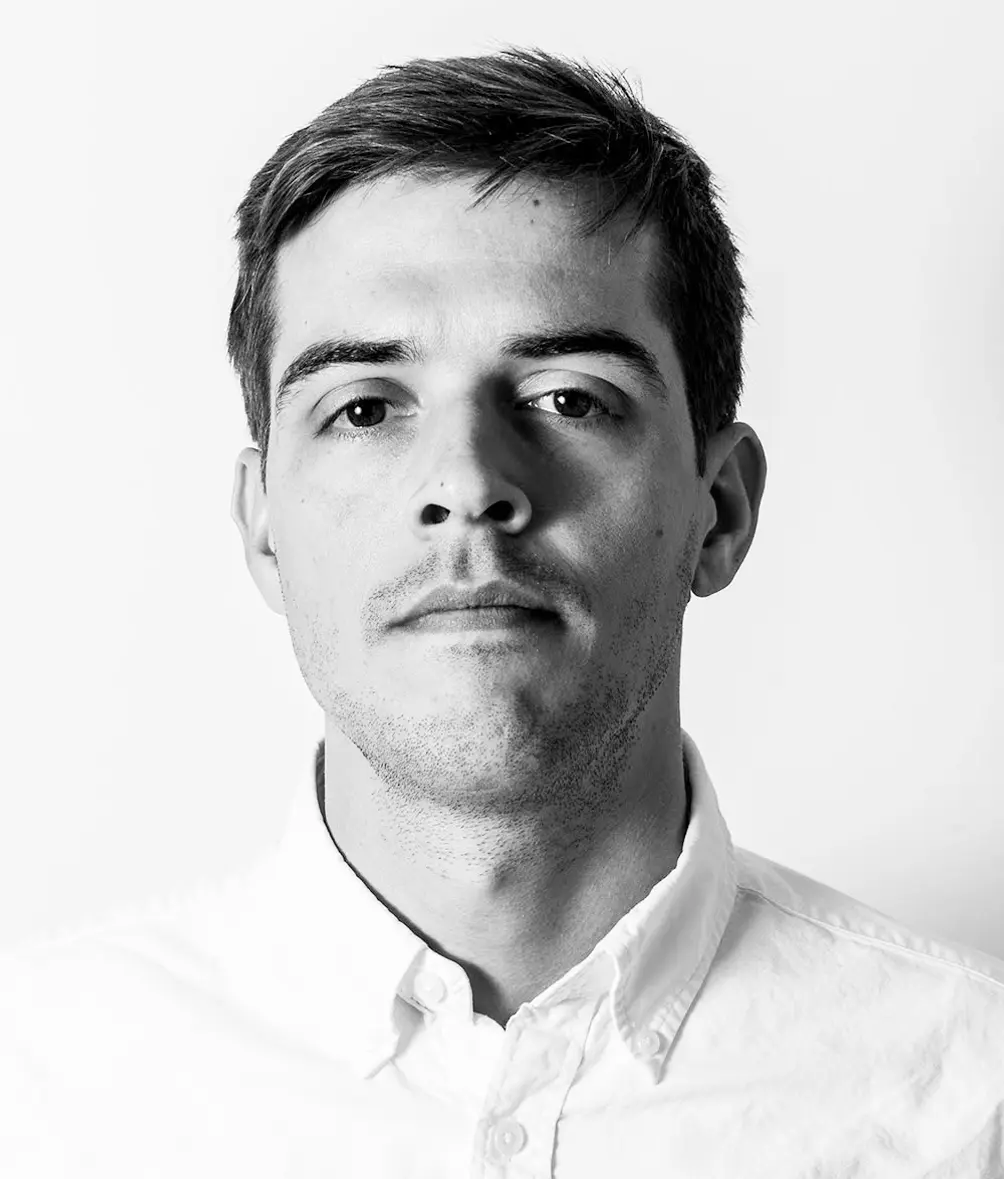
Mike Green, Art Director at Pandiscio
Art is becoming a more prominent feature in new real estate developments. Can you speak to why you think that is and how it enhances the architectural and residential experience?
Mike: It’s no coincidence that people who surround themselves with beautiful art want to live in beautiful homes. Art and architecture have a long standing relationship, and what we’re seeing happen in and around residential buildings today seems like a natural progression to me. Art plays an important role in our work in many ways, but on a basic level it can be as simple as programming a public experience or working with the development team to ensure there is adequate wall space for residents to display their own collection.
Can you describe your role as Art Director? What is a typical day in the life of Mike Green?
Mike: My primary responsibility as Art Director is to work closely with our team and the client to develop the most compelling narrative for a project and deliver it in the most impressive and intriguing way possible. My days always start with coffee, news and a jumpstart on work. I typically start around 6am, it’s quiet and calm and without question the most important part of my day. Outside of that specific routine, my day can take a lot turns. On a typical day I would get into the studio around 10am, jump right into emails, discuss project updates with our team, review tasks and prepare for meetings. Throughout the course of a week I might end up at the printers proofing a job, in a Landmarks hearing downtown, marking up renderings with comments, on a skybridge 300 feet in the air or in an architect’s office reviewing floor plans. My typical day constantly changes, which is part of the reason I love this work.
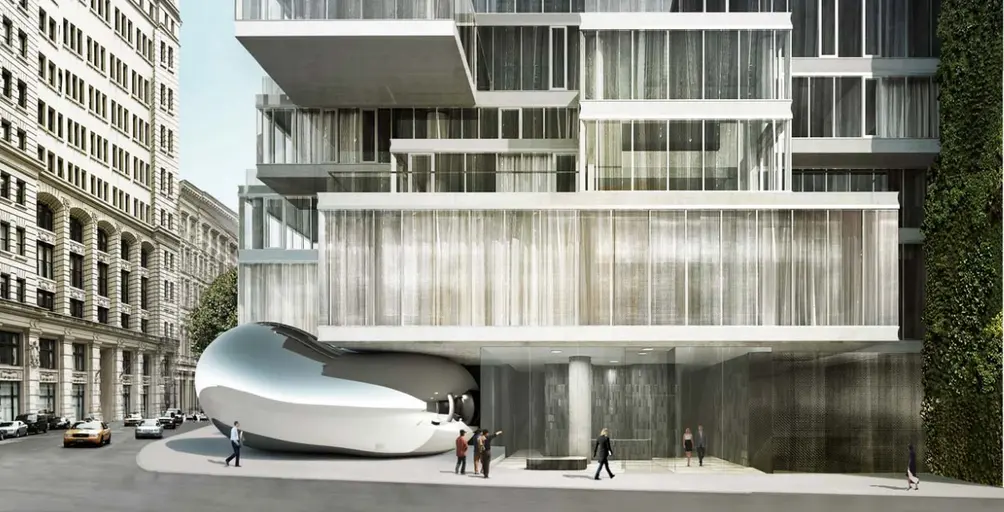 A sculpture by Anish Kapoor has been integrated into the design of 56 Leonard
A sculpture by Anish Kapoor has been integrated into the design of 56 Leonard
How do you work with clients? How do you help them realize their vision?
Mike: We identify and underscore the positives while correcting or minimizing any negatives. We’ve been fortunate enough to have worked with a large number of developers over the past two decades, that experience and variety allows us to very clearly identify prospects of a new project. We’re typically brought onto projects where the development team has been living with the same story for a while, bringing fresh eyes to these situations help us point out the not-so-obvious possibilities.
How do you work with artists? How often do you buy finished works? How often do you commission the work?
Mike: Maybe 90-percent of the projects we get involved with have a serious art component of one form or another. It’s a friendly and mutually beneficial environment for everyone—from the artists to the gallerists to the home buyers. But there is so much artistry in most good developments. Whether it’s in the architecture or the engineering—it’s all about communicating and displaying it in the proper way that it becomes apparent and therefore of real value.
Can you speak specifically about 56 Leonard. The way Anish Kapoor built the sculpture into the building is spectacular. Can you explain how this came about?
Mike: A good development team will use all their best resources. In this case the great artist is a relative of one of the great developers. A perfect fit in every way!
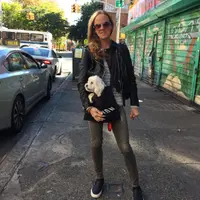
Many apartments are sold off-market
without being publicly listed.
Contact us to learn more about off-market listings. It's quick and easy. And never any obligations.


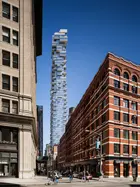
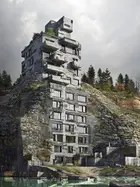
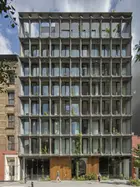
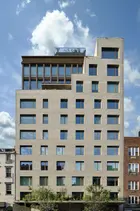
 6sqft delivers the latest on real estate, architecture, and design, straight from New York City.
6sqft delivers the latest on real estate, architecture, and design, straight from New York City.
